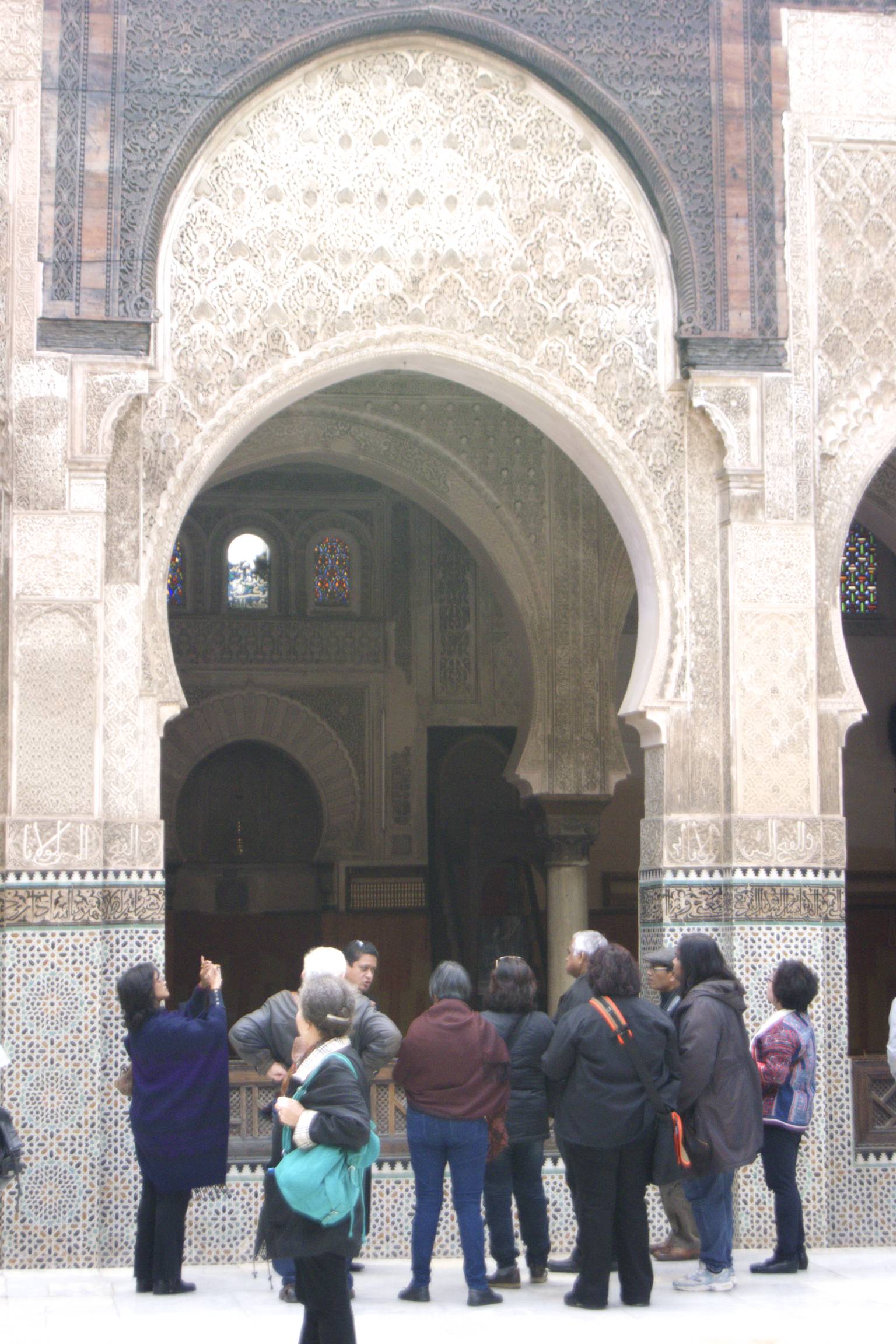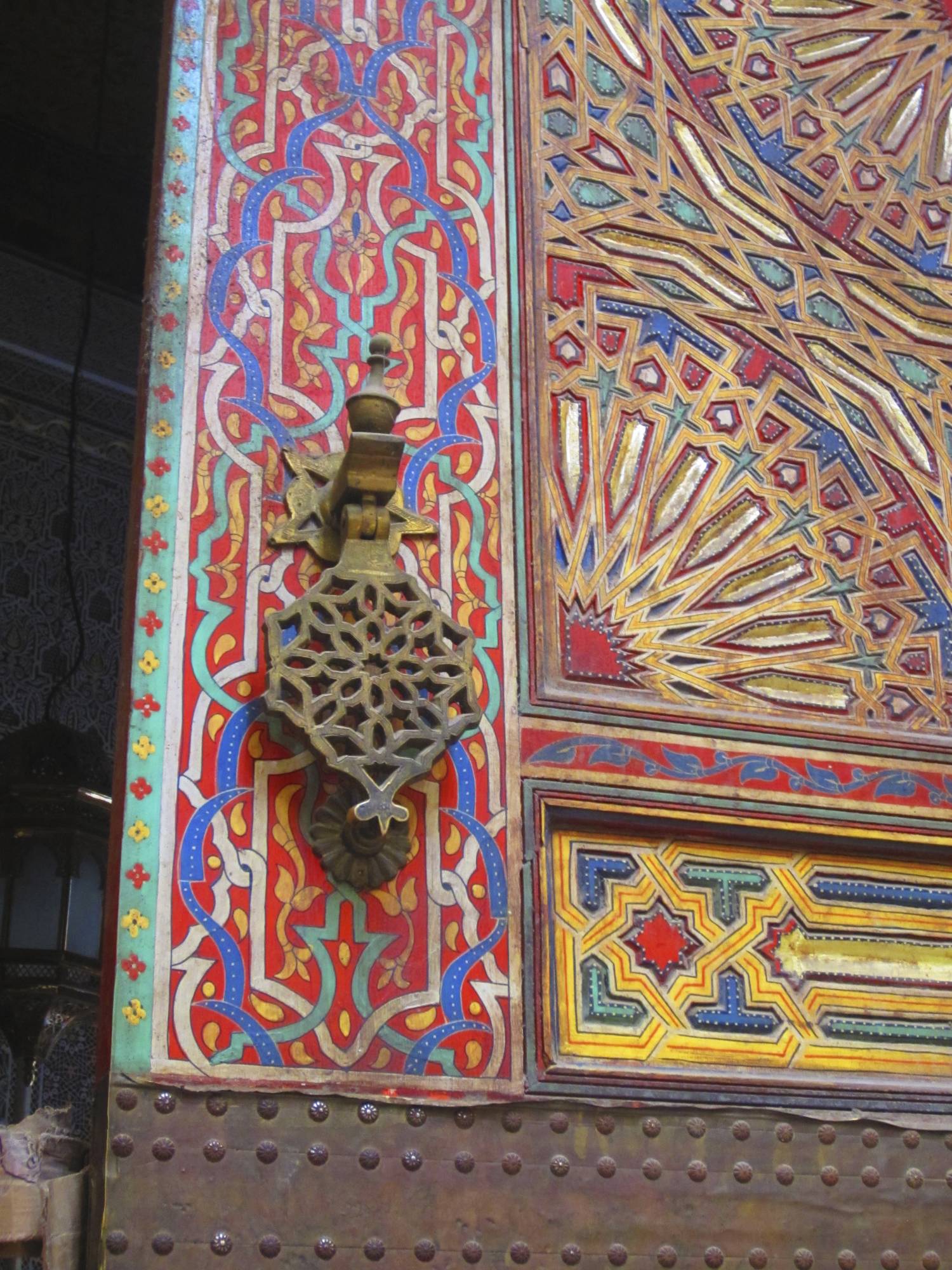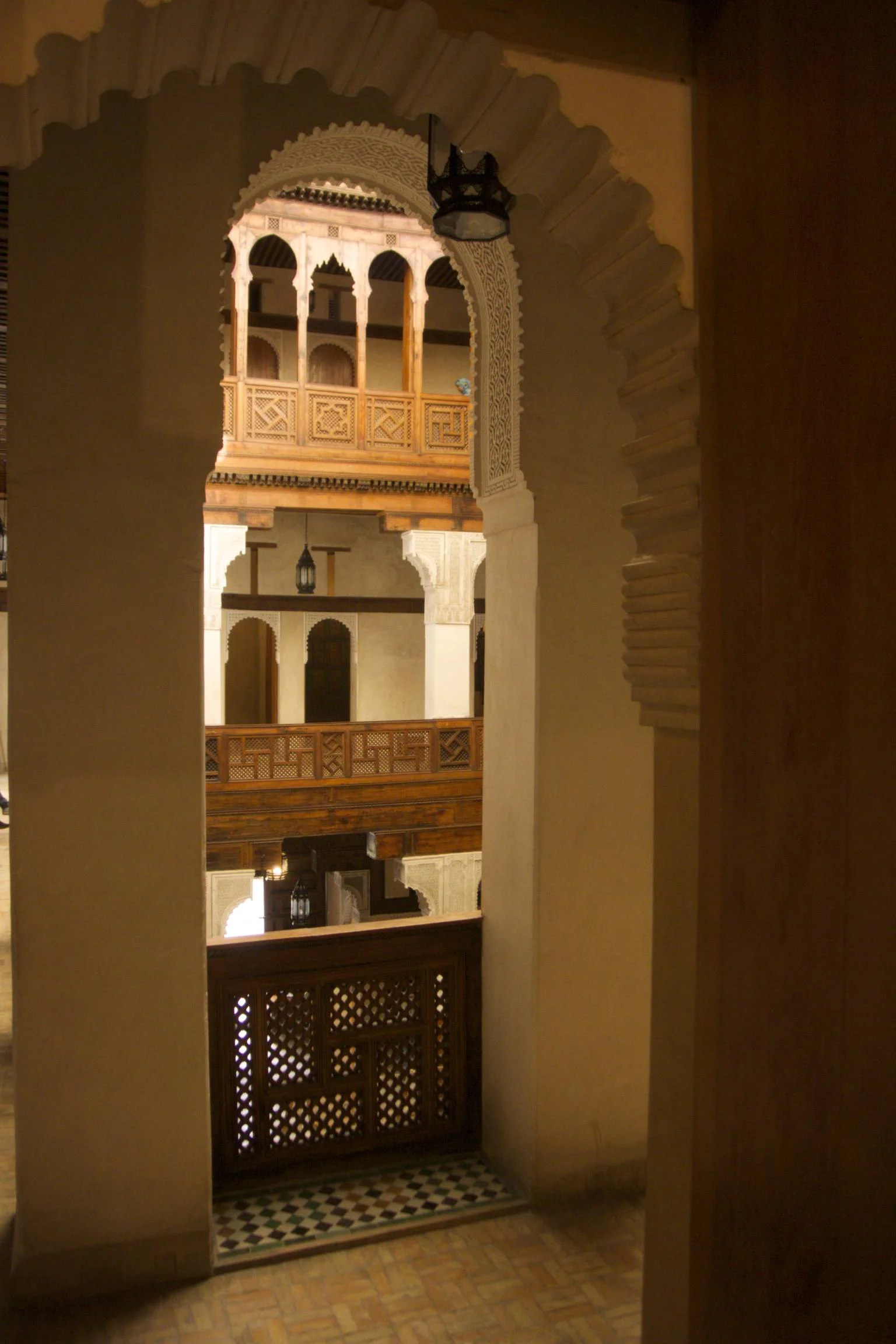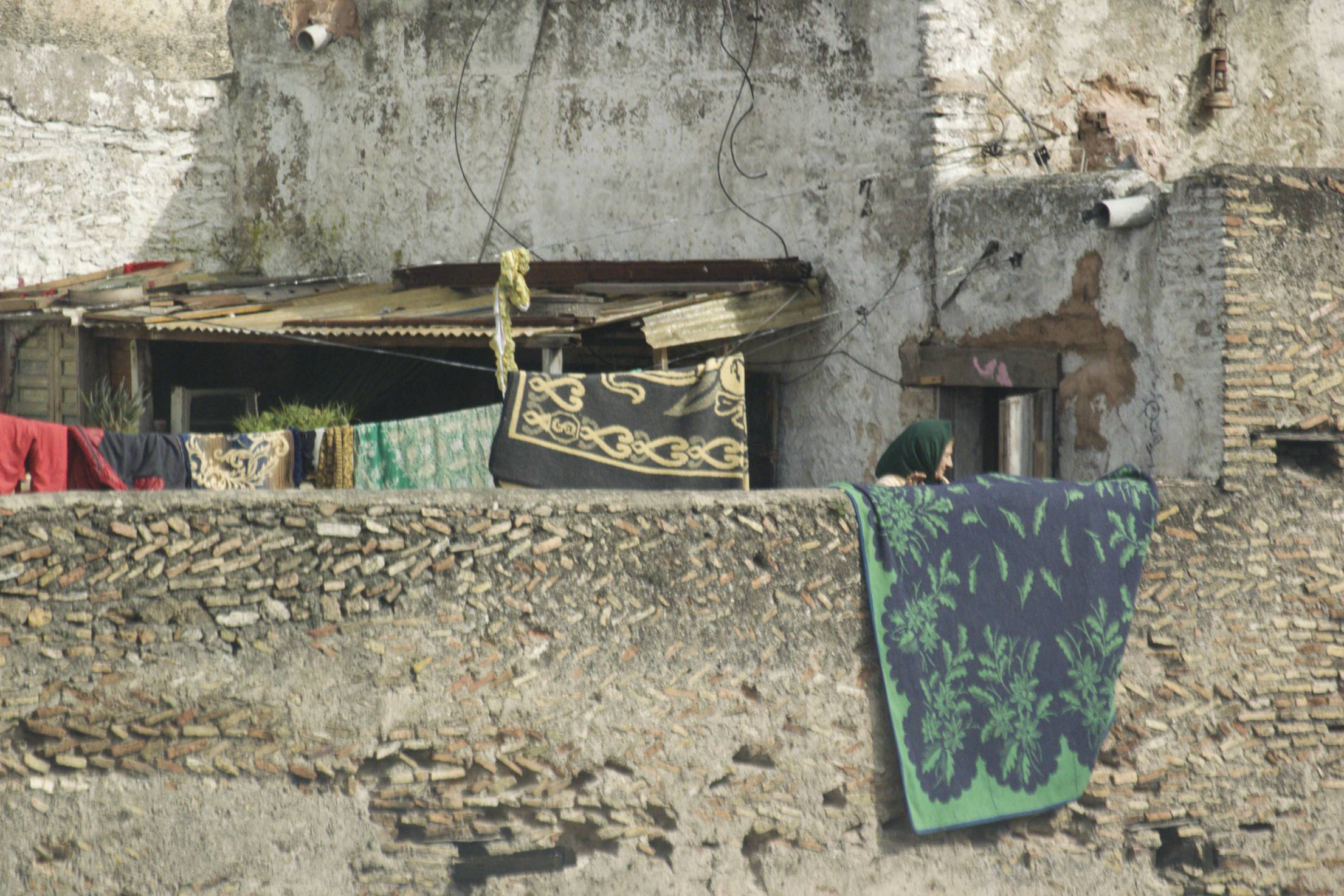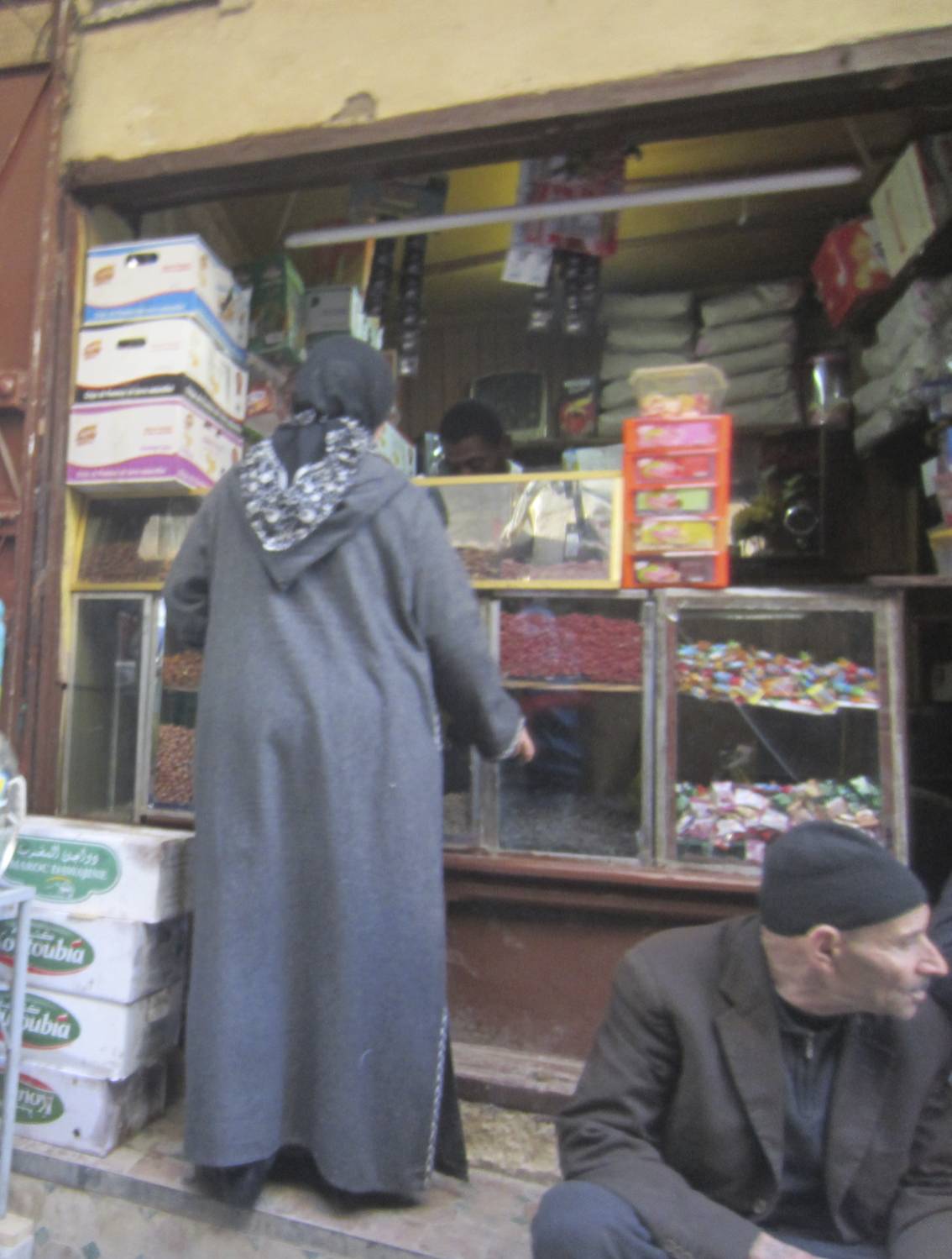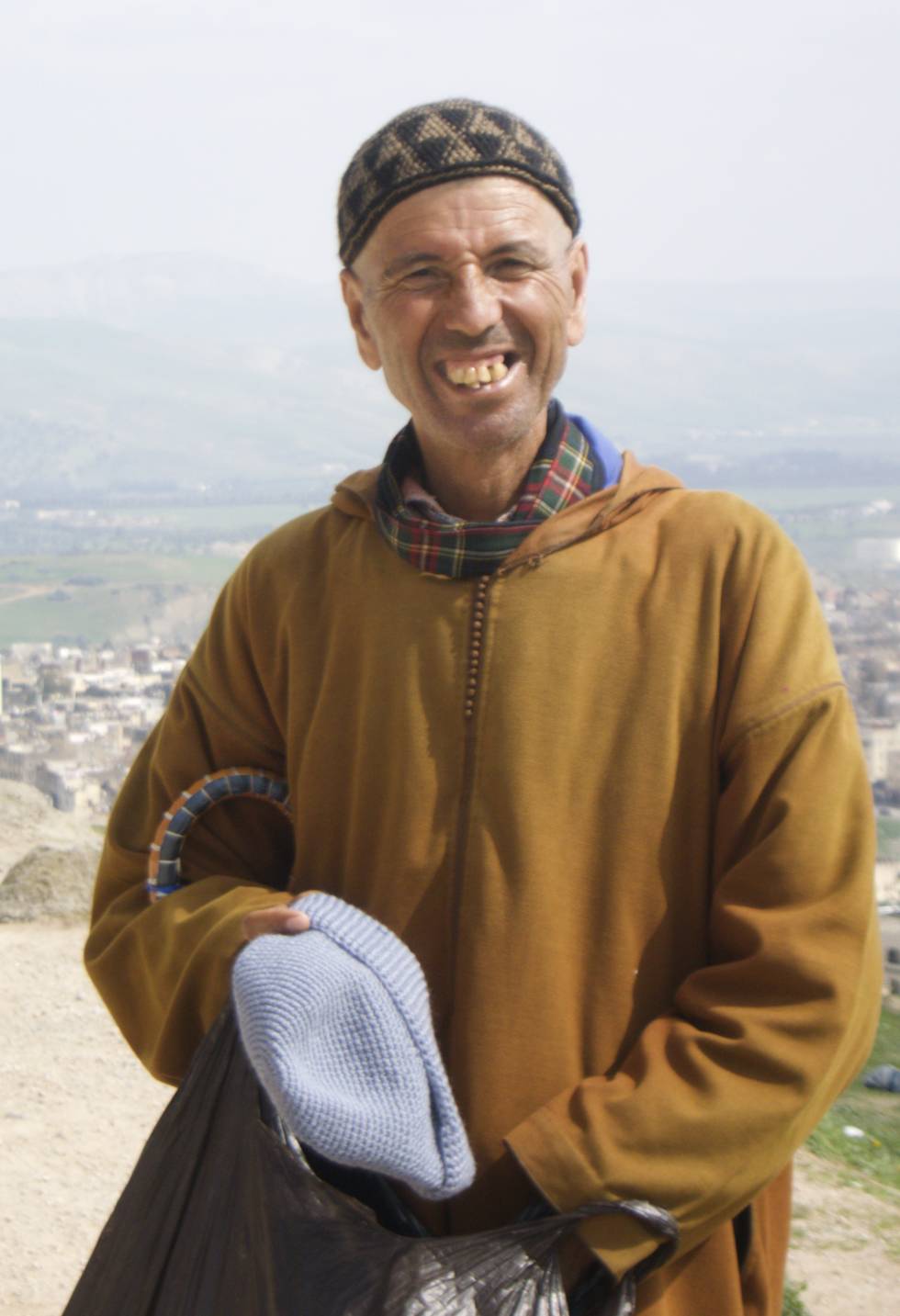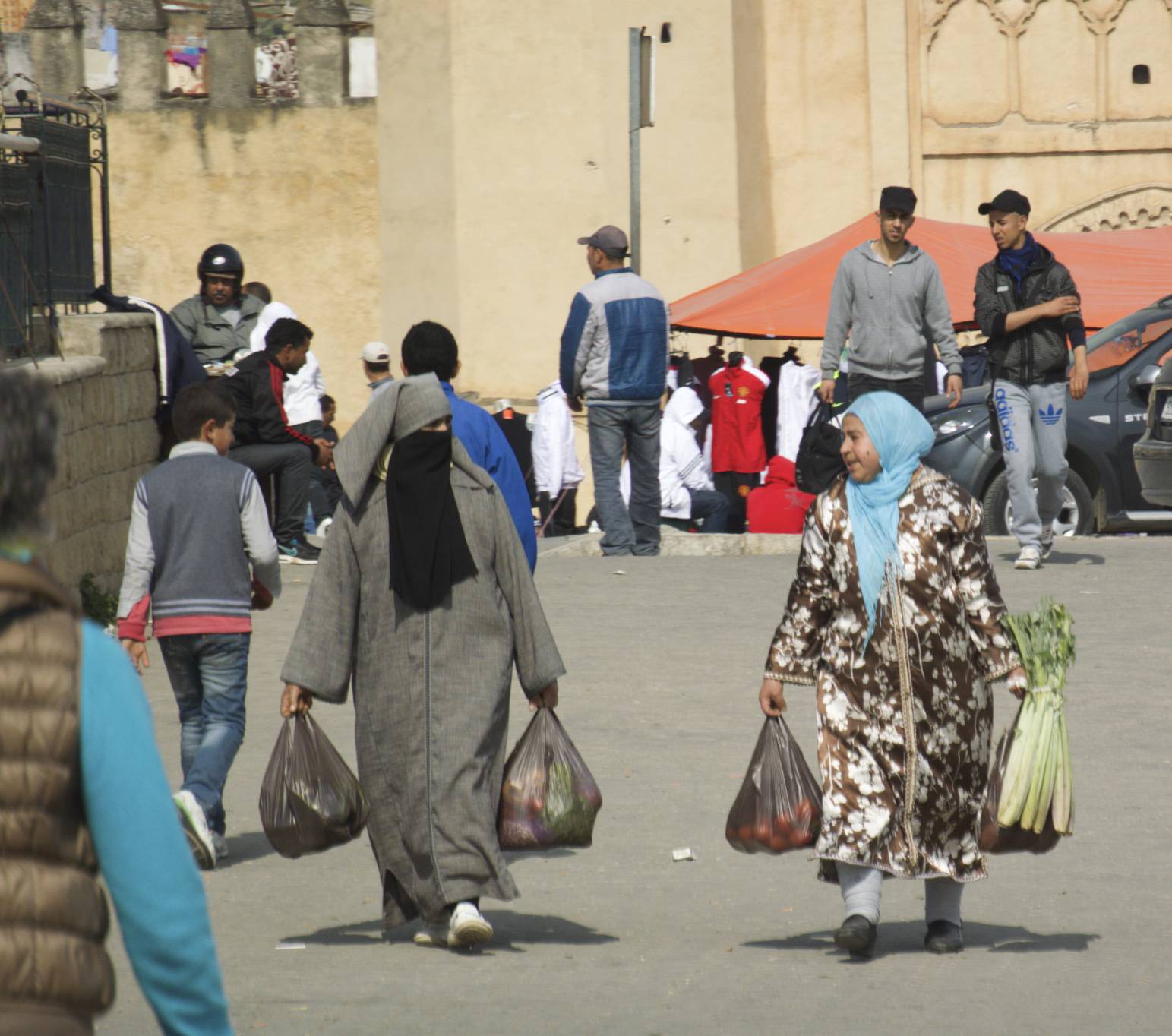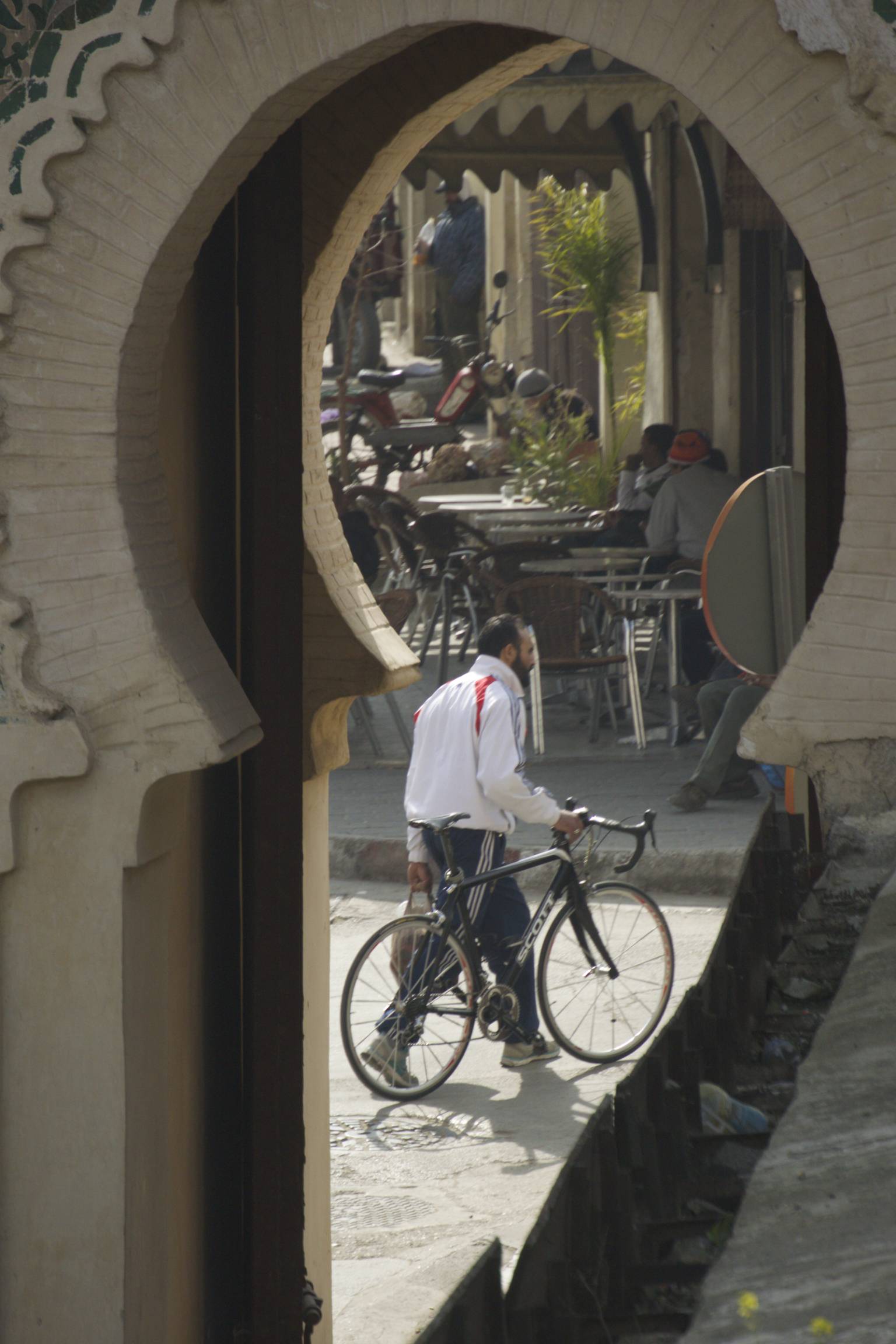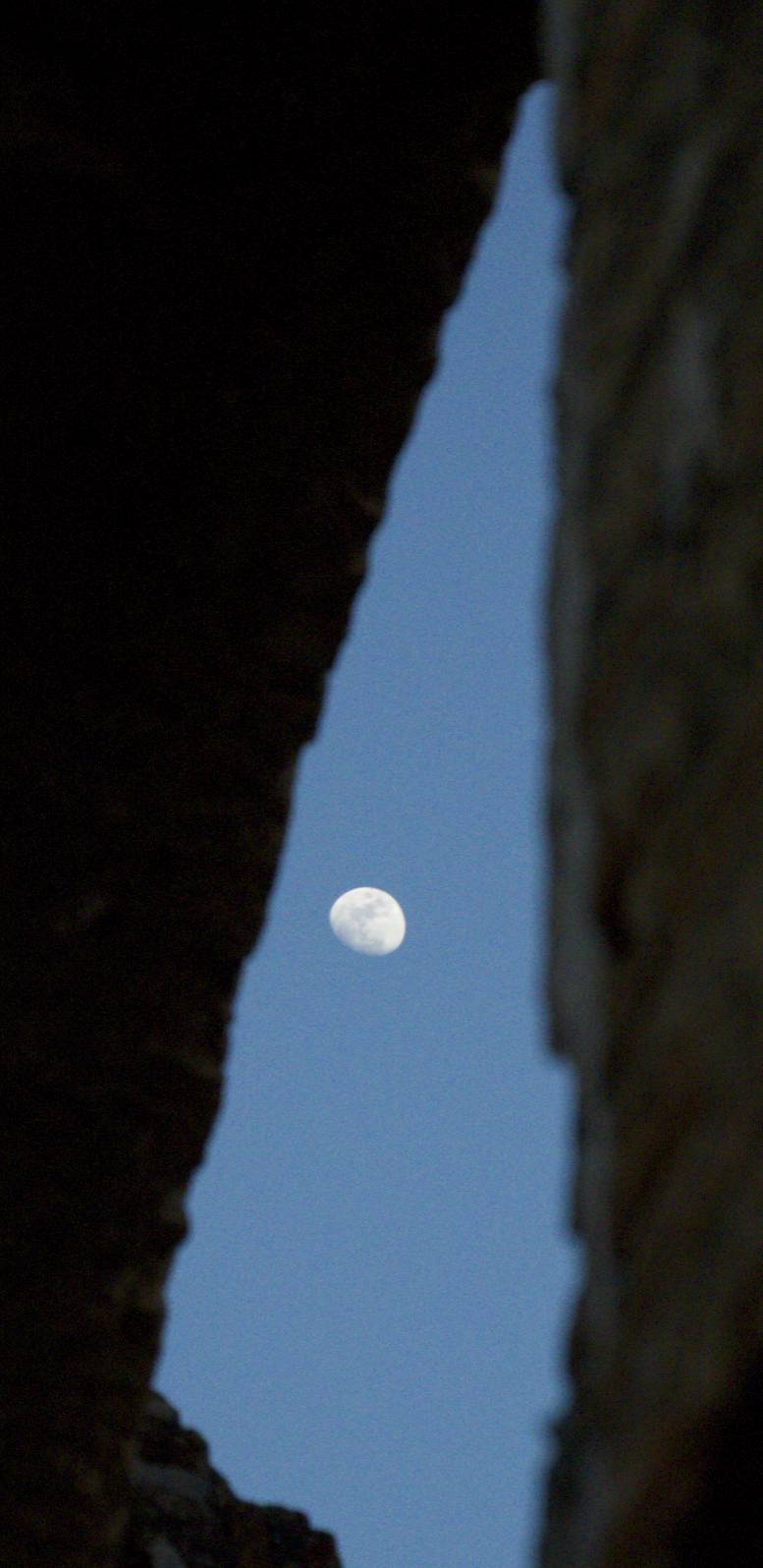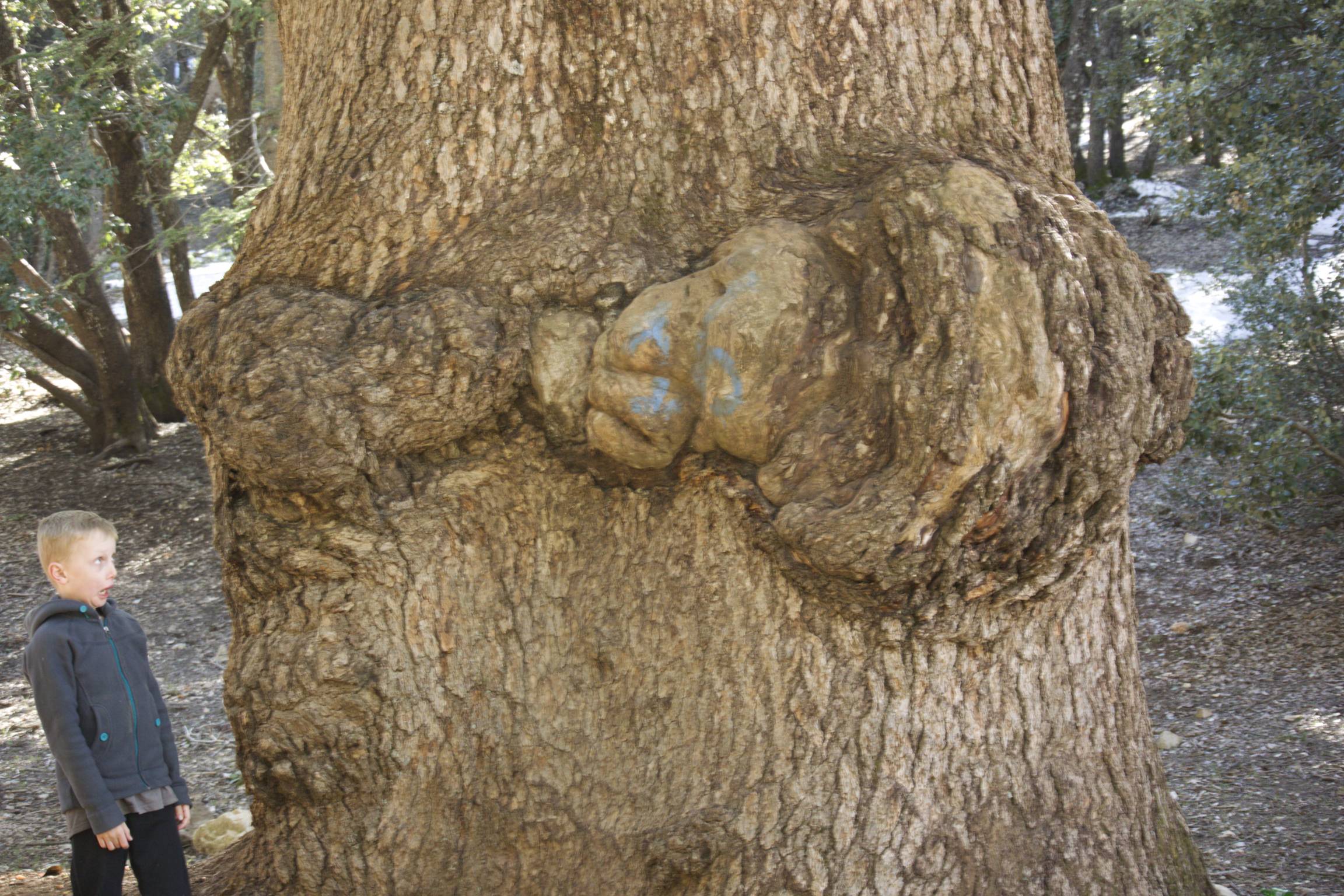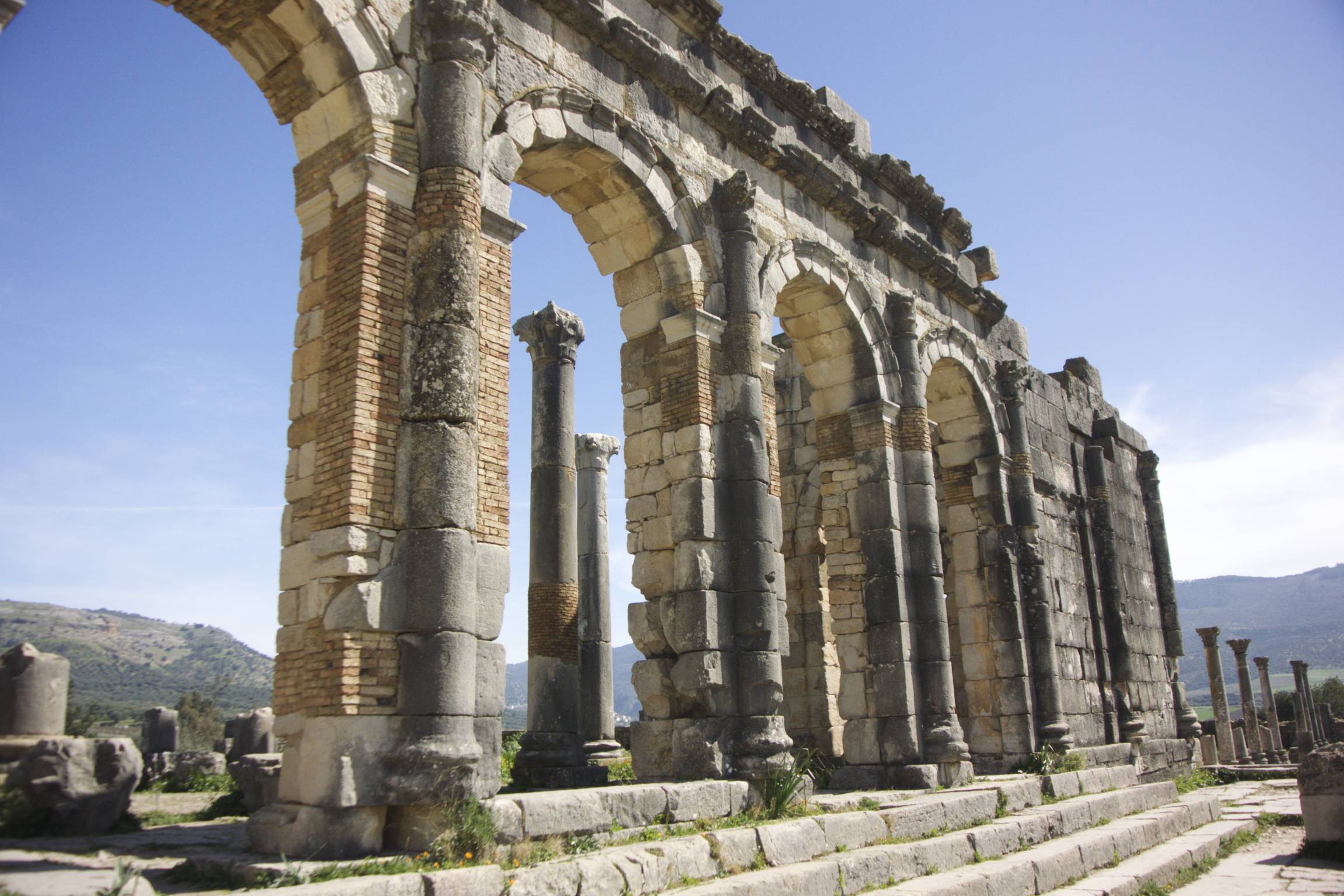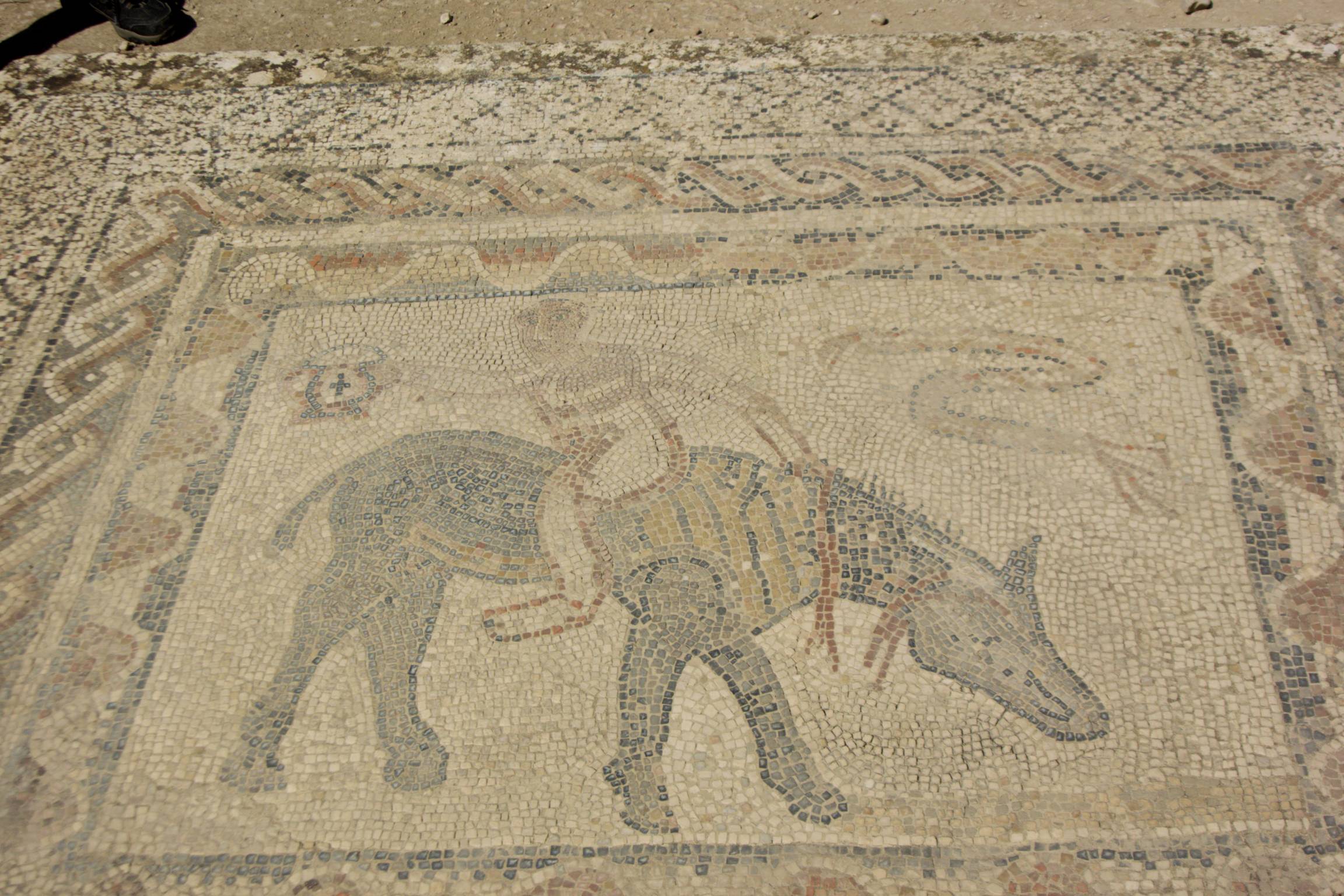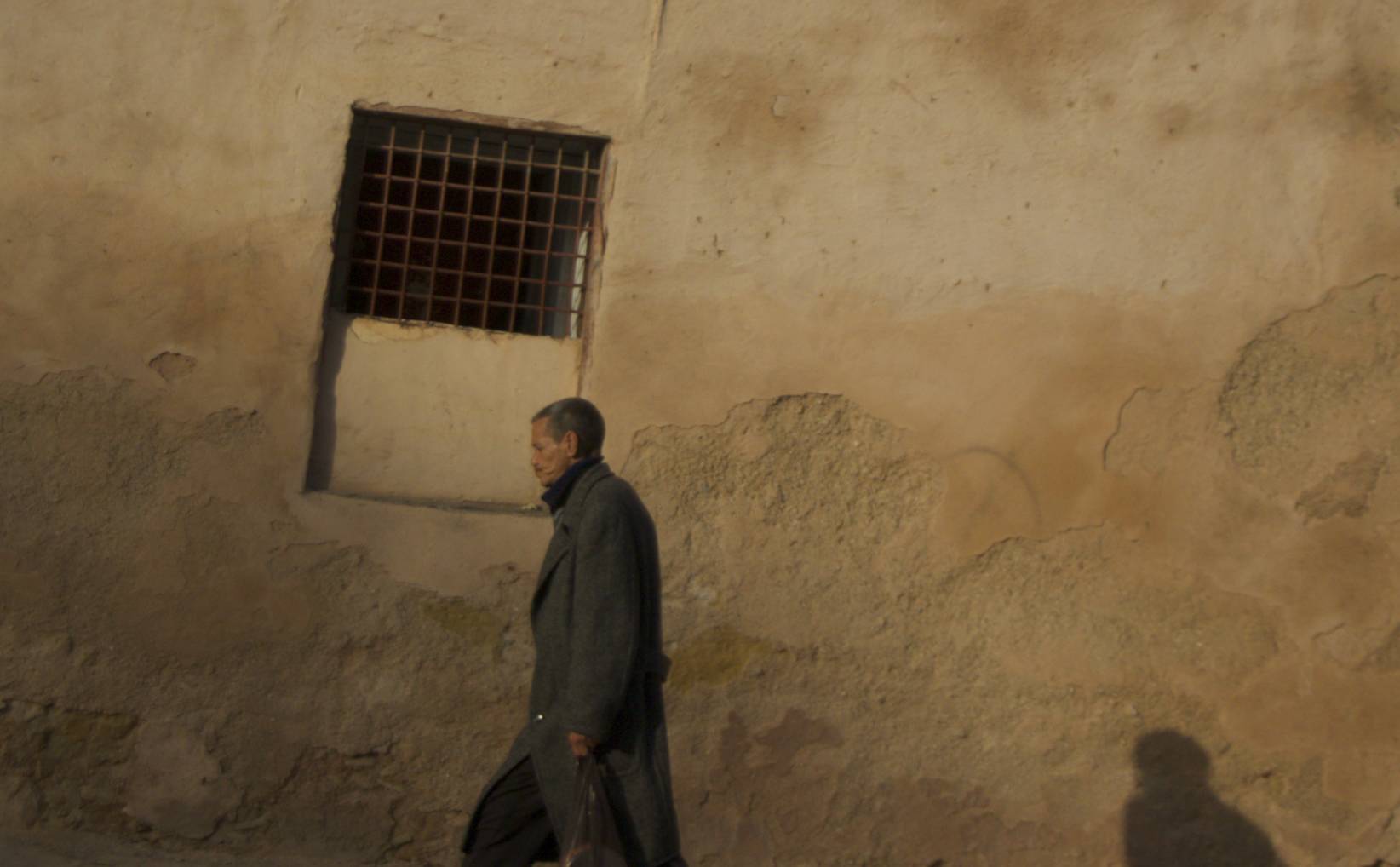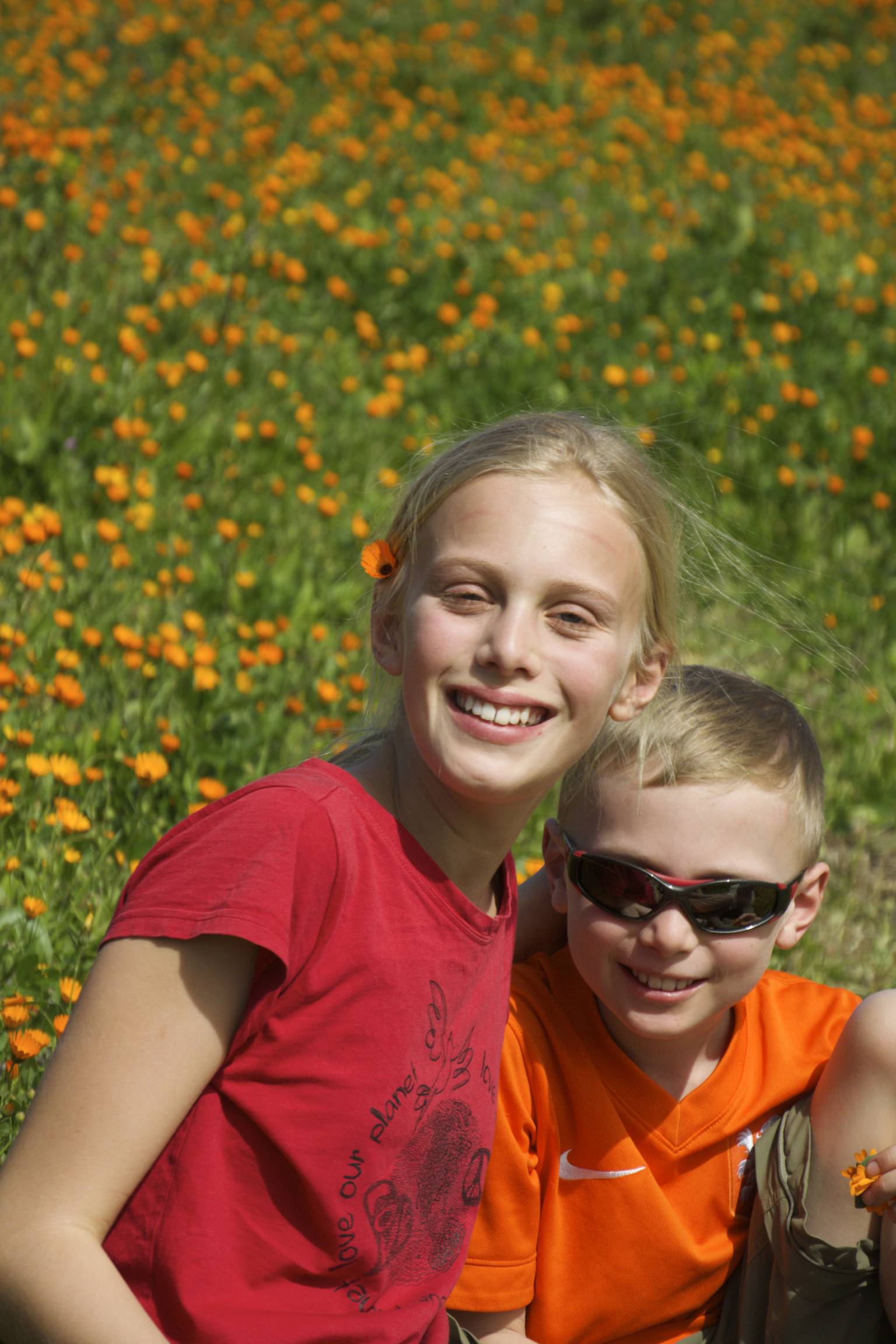Chez Nous à Fès
February 27 - March 5, 2015
After arriving from Barcelona, we passed my office (“Douane”), cleared immigration and then completed our now compulsory, cross-cultural-arrivals procedure:
Intrepid wife works the phones to get us home....
- Opportunistic taxi driver demands an exorbitantly high fare;
- Multilingual wife protests profusely before giving up with rolled eyes and guttural grumbling – presumably that was Dutch;
- Taxi driver careens through streets before dropping us off at not-quite-our Air Bnb apartment;
- Intrepid wife locates SIM card and calls Air BnB host as children slump over luggage on the side of a busy street;
- Host arrives and leads us, luggage-clattering over cobblestones to our new home.
Interior of the first riad that we stayed at in Fez.
In this case, “home” was delightful riad or open-air-courtyard within three stories of guest rooms looking down on a fountain. The interior walls were covered in tile, carved stone, arched wooden doors and coloured-glass windows. A rather striking combination when you put them all together.
We gratefully gulped down some very sweet, mint tea and commenced our move-in procedure with military precision:
- Unpack just enough clothes and leave the rest in the luggage;
- Deploy the toilet kit to the bathroom;
- Start recharging the iDevices;
- Check to see if the WIFI (“wee-fee”, en Français) works;
- Play video games until parents notice;
- Restart road-schooling assignment as parents told you in the first place;
- Plan out what’s required for the next meal: go out, shop and eat in, or just skip it and go to bed; and then
- Check the guide book again to find out where the heck we’ve landed….
You Are Here
In this case, we had landed in Fez (a.k.a. Fès), one of four imperial cities in Morocco.
Pop Quiz: Name the others… Answers below*.
Fez’s medina or the old city (established 808 AD) is the largest pedestrian-only neighbourhood in the world – a labyrinth of small streets, alleys and courtyards covering 30 km2 and reportedly home to 150,000 people. A five-metre-high wall runs 19 km around this medieval city, enclosing a hazy sea of flat roofs, balconies, clothes lines and satellite dishes.
Fez medina from a nearby hill. University in the foreground with the green roof.
Most of the medina’s narrow streets are covered by the upper stories of buildings and/or bamboo lattices, but it is always well-lit nonetheless. Vendors in narrow shops spill out into the alleyways selling handicrafts, food, household goods, pirated DVDs, sides of beef, bread, spices, soap, leather products, carpets, shoes, cigarettes, clothes, etc. It’s all business, all the time…except on Fridays when most of the shops close by the noon prayers.
As you jostle through the crowds of locals and bag-clutching tourists, you sometimes need to make way for a man pushing a hand-cart or a donkey laden with cooking-gas canisters. You are constantly being welcomed to “just step inside and see” or to eat yet another meal for a “good price”. After a while, I got tired of saying “no, merci” and just ignored the touts.
There are something like 9,000 streets, alleyways and corridors in this medina, and you can quickly find yourself entering someone’s private riad if you’re not careful. If you do get lost, however, you can just follow the flow of people to one of the two main streets and head back up the hill.
There are also approximately 90 mosques in the medina, as well as two Koranic schools (medersa), and what is reputedly the oldest university in the world, Kairaouine Mosque and University. Unlike in Turkey, non-Muslims are not allowed to visit most mosques in Morocco, although we are allowed to visit some of the mausoleums. But in case you’d ever have any trouble finding religion in Fez, you’ll be sure to hear the call to prayer five times a day. When it is blaring from every mosques’ outdoor loudspeakers, it sounds like you are in the middle of a speedway.
A Public Service Announcement:
We also learned that a medina in Morocco typically provides five public services:
- water fountains or taps for both humans and animals;
- communal ovens for baking bread;
- Koranic schools for children;
- mosques where the faithful can say their prayers and hear sermons from the iman; and
- hammans or “Turkish” baths, since most houses would not have hot water.
Many of these facilities are provided in grand style with tile, carved wood, marble or plaster and Arabic calligraphy -- quite amazing when you consider that these were really just public utilities. Imagine if designers in Canada put that kind of flourish on a light stand, bridge or public building?
Tourism is now one of the major sources of income for Morocco and the current government is investing a lot of money in restoring some of the older sites, including the famous Chaouwara tanneries that you’ve probably seen in any Google search of “Morocco”. Now the dying pits are a construction site, so I didn’t manage to get the money shot. No worries; I don’t lack for photos. And it gives me an excuse to come back.....
Of course, not everyone can live in the medina, and Fez also has other more modern and open neighbourhoods with palm treed, car-jammed boulevards, large mega-malls and sprawling suburbs where the remainder of the city’s 1 million residents live. We enjoyed a good Italian meal there one evening while watching football highlights on Arabic TV.
But it was really more fun to hang out in the medina where people are living in much the same way that they have for 1,200 plus years – albeit now with cellphones, satellite dishes, cheap plastic goods from China and fancy espresso machines in every restaurant. Nothing stays static.
Some Pictures....
Click on the images to enlarge them to a "lightbox" size.
Get Out of Town!
After spending a few days poking around the Medina, we rented a car to go south for a hike near Azrou and Ifrane – reputedly the Switzerland of Morocco, and it does look straight and orderly. The kids were thrilled to be able to run in a cedar forest, to see Barbary apes up (too!) close, and to roll down some spring-skiing-snow-covered slopes.
The next day, we headed north-west to Volubulis, the most preserved Roman ruins in Morocco. Having toured a few similar sites in Turkey and Spain, it was cool to see some of the same Greco-Roman staples here: underground sewers, heated baths, cobble-stone roads with chariot tracks, the agora or marketplace, large patrician houses, basilica’s, forums, arches, floor mosaics depicting Greek myths, and even public, open-stalled toilets where the Romans conducted their “business” together.
Volubilis was eventually taken over by the great-grandson of the Prophet Mohammed, Moulay Idriss, who brought Islam to Morocco. He was buried 5 km up the valley at the town that now bears his name, and his mausoleum is now the fifth holiest site of Sunni Islam
Pop Quiz: can you name the others? Answers below **
A few more pictures...
Yusef, a guide who found us as we pulled up to the wrong parking lot, said that five visits to Moulay Idris is considered the equivalent of one visit to Mecca. Who knew?
Before our rental car pumpkined, we made a short visit to Meknes, the second of the four imperial cities founded only relatively recently in the 17th Century. There, we fought our way through the rush hour traffic to briefly see the Bab el-Mansour gate and the mausoleum of Moulay Ismail, one of the other holy sites open to us infidels.
We then high-tailed it back to Fez to return the car and get ready for the next leg of our journey.
Sunset at the fort above the medina, Fez.
Insha’Allah
Morocco, so far, has been beautiful: sunlit, cultivated and colourful. The people we’ve met have been mostly mellow and extremely hospitable.
They are also quick to follow any statement in the future tense with “Insha’Allah” – God willing. For example:
ME, trying to get away from a tout:
"Nous avons déjà mangé, merci. Mais, peut-être nous retournerons chez vous un autre fois."
TOUT, knowing full well I’m lying, but gracious all the same:
“Insha’Allah. Soyez bienvenue.”
We are managing fine in French here -- we even enjoyed two days of parlez-ing with a family from Avignon – although we sometimes need to make the occasional foray into broken English, sputtered Spanish and/or even our 1-2 words of nascent Arabic. It’s good to travel with a polyglot, that’s for bien sûr.
Mais, jusque maintenant: so far, so good. I think that we’ll enjoy our month in Morocco…. Insha’Allah!
The Answers, for those of you playing along....
* Four imperial cities of Morocco: Fez, Meknes, Rabat and Marakkesh. Each were established by different regimes over the centuries, but all have royal palaces still today.
** Five holiest sites for Sunni Islam (some may contest this…):
- Masjid al-Harram in Mecca, Saudi Arabia.
- Al-Masjid an-Nabawi in Medina, Saudi Arabia
- Al-Aqsa Mosque, Jerusalem, Palestine/Israel (choose two)
- City of Kairouan, Tunisia,
- Moulay Idris, Morocco – although Wikipedia put the current exchange rate of 6 visits here = 1 visit to Mecca. Must be inflation. Nothing stays static.


